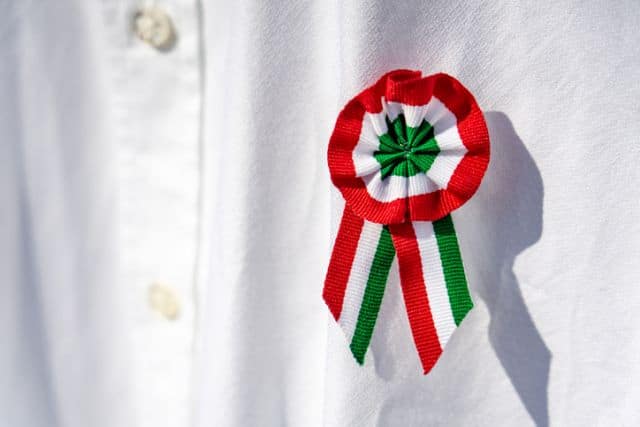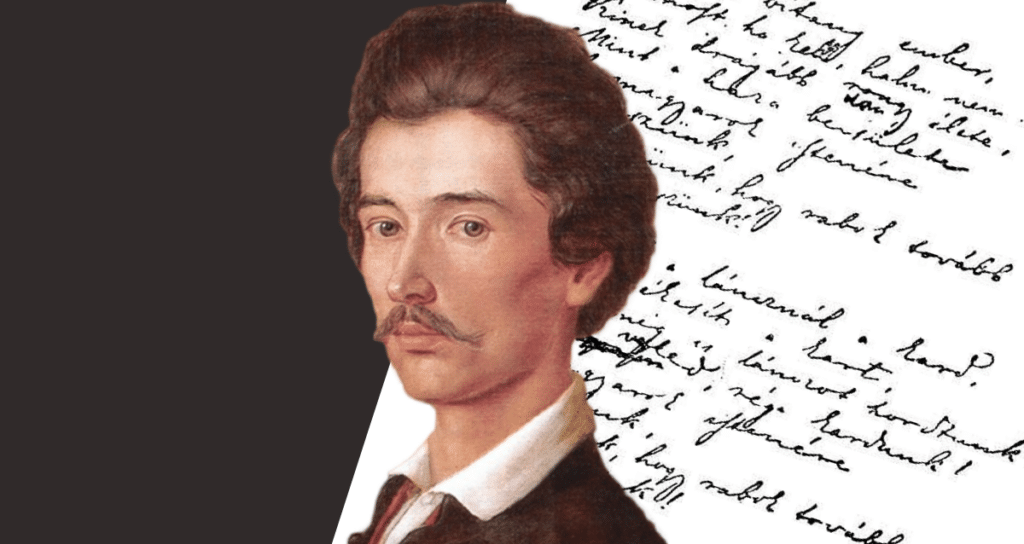The Hungarian Revolution and War of Independence of 1848-1849

On March 15th we commemorate the Hungarian Revolution and War of Independence of 1848-1849. This is also a public holiday in Hungary.
The Hungarian Revolution of 1848 was one of many revolutions that year and closely linked to other revolutions of 1848 in the Habsburg areas. The revolution in the Kingdom of Hungary grew into a war for independence from Habsburg rule.
Many of its leaders and participants, including Lajos Kossuth, István Széchenyi, Sándor Petőfi, József Bem, are among the most respected national figures in Hungarian history, and the anniversary of the revolution’s outbreak, on March 15th, is one of Hungary’s three national holidays.
The Revolution started on March 15th in 1848, with bloodless events in Pest and Buda, followed by various insurrections throughout the kingdom, which enabled Hungarian reformists to declare Hungary’s new government and the first Prime Minister of Hungary, Lajos Batthyány.
The new government approved a sweeping reform package, referred to as the “April laws” (also referred to as the “March Laws”), which essentially created a democratic political system in Hungary. They also demanded that the Hungarian government receive and expend all taxes raised in Hungary, and have authority over Hungarian regiments in the Habsburg army.
In the summer of 1848, aware that they were on the path to civil war, the Hungarian government ministers attempted to gain Habsburg support against Conservative Josip Jelačić. By the end of August, the imperial government in Vienna officially ordered the Hungarian government in Pest to end plans for a Hungarian army. Jelačić then took military action against the Hungarian government without any official order. War between Austria and Hungary had officially begun.
Initially, the Hungarian forces (Honvédség) achieved several victories fighting with Austrian armies (at Pákozd in September 1848 and at Isaszeg in April 1849). The war led to the October Crisis in Vienna, when insurgents attacked a garrison on its way to Hungary to support Jelačić’s forces.
After Vienna was recaptured by imperial forces, General Windischgrätz and 70,000 troops were sent to Hungary to crush the last challenge to the Austrian Empire. Julius Jacob von Haynau, the leader of the Austrian army who then became governor of Hungary for a few months of retribution, ordered the execution of 13 leaders of the Hungarian army in Arad and the Prime Minister Batthyány in Pest.

Olvassátok el a következő rövid szöveget a kokárdáról.
Egészítsétek ki a szöveget az itt látható szavak használatával.
Vigyázzatok, mert több szó van megadva, mint amennyit használnotok kell!
uniforms – circular – loved – fighters – marks – like – communicate – originated – heart – citizens – wearers – unlike – leaders
The story of the Hungarian cockade
Cockades, 1. __________from 18th century France and the United Kingdom, is made up of a knot of ribbons, or other 2. _______- or oval-shaped symbols of distinctive colors which is usually worn on a hat. In the 18th and 19th centuries, they were used in Europe to show the allegiance of their 3. _______to some political faction, their rank, or as part of a servant’s livery.
Hungarians tend to wear their cockades on March 15th, which 4. ______the beginning of the 1848-49 revolution and freedom fight. According to the Hungarian tradition, the 5. _______ of the radical youth Sándor Petőfi and Mór Jókai got cockades from their 6. _____ones on the eve of the revolution. 7. _____ the French cockade, it wasn’t pinned on their hats, but on the 8. _____side of the jacket or the coat.
Historically, the Hungarian cockade, in the form of a circular national tricolor ribbon with small straps, has become a symbol of 9. ______who praise the idea of national independence. Its aim was to 10. ________to oncoming people that the person who wore it shares the Hungarian revolutionary notions.
source: About Hungary
keys/megoldások: 1. originated; 2. circular; 3. wearers; 4. marks; 5. leaders; 6. loved; 7. unlike; 8. heart; 9. citizens; 10. communicate; extras: uniforms, fighters, like
Vocabulary
| to commemorate | megemlékezni |
| revolution | forradalom |
| war of independence | szabadságharc |
| public holiday | nemzeti ünnep |
| closely | szorosan |
| to be linked to | kapcsolódni valamihez |
| kingdom | királyság |
| to grow into | valamivé nőni/ fejlődni |
| Habsburg rule | Habsburg uralom |
| leader | vezető/ vezér |
| participant | résztvevő |
| including | beleértve |
| respected | tisztelt |
| anniversary | évforduló |
| outbreak | kitörése valaminek |
| bloodless – | vér nélküli |
| insurrection | felkelés, lázadás |
| throughout | mindenütt |
| to enable | lehetővé tesz |
| to declare | kinyilatkoztatni |
| government | kormány (országé) |
| to approve | jóváhagyni |
| sweeping | elsöprő/ nagy lendületű |
| reform package | reformcsomag |
| referred to as | úgy nevezik |
| essentially | alapvetően |
| political system | politikai rendszer |
| to demand | igényelni/ követelni |
| to expend | költeni |
| authority | fennhatóság/ hatalom |
| regiment | ezred |
| aware | felkészült/ óvatos |
| on the path | úton |
| to attempt | megkísérelni |
| to gain support | támogatást gyűjteni |
| officially | hivatalosan |
| to take military action | katonai lépést tenni |
| initially | kezdetben |
| victory | győzelem |
| knot | csomó/ hurok |
| ribbons | szalagok |
| distinctive | jellegzetes |
| allegiance | hűség |
| faction | csoport/ frakció |
| rank | rang |
| to mark | megemlékezni |
| livery | egyenruha |
| to pin | odatűzni |
| to praise | magasztalni |
| aim | cél |
| notions | eszmék |









